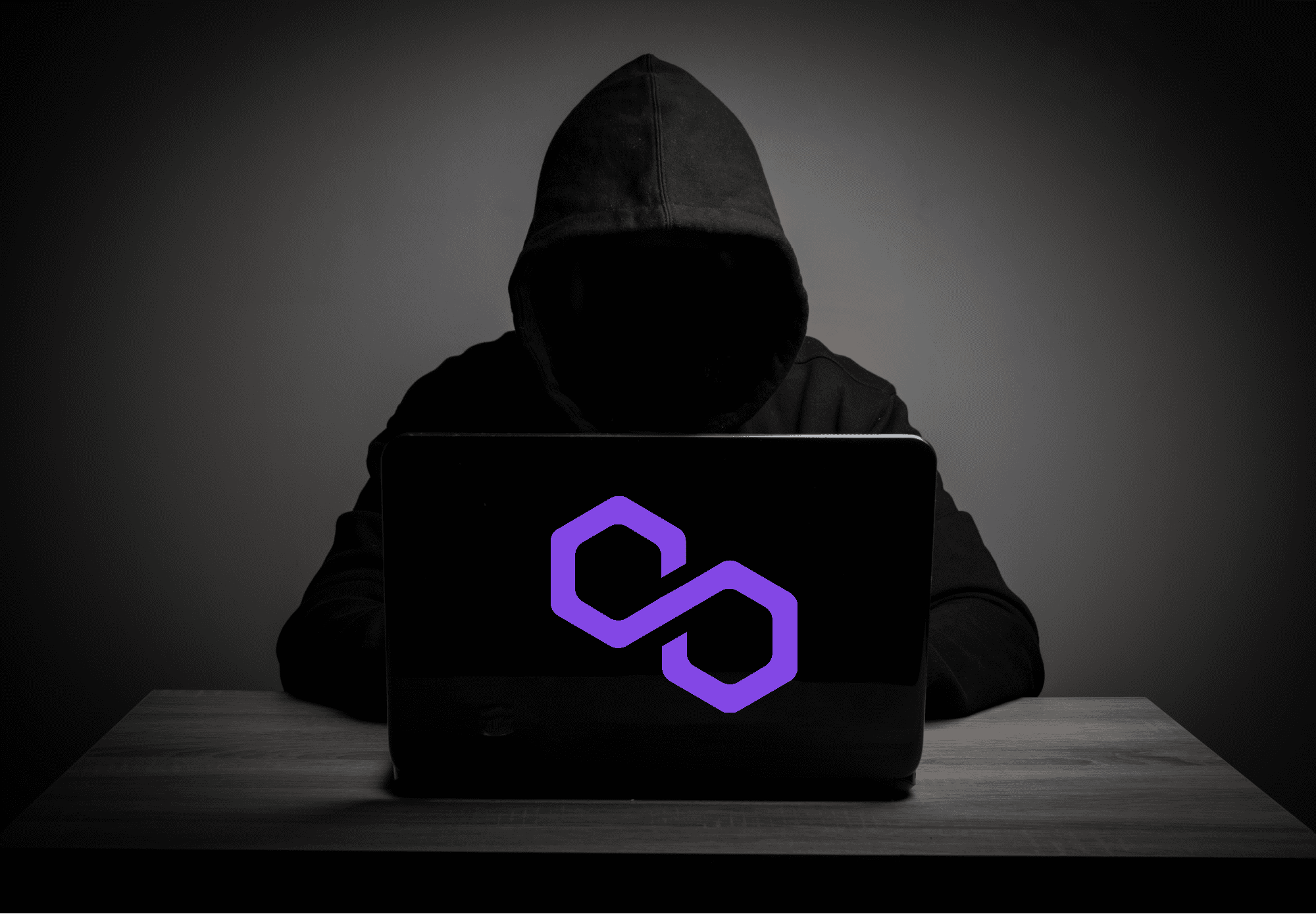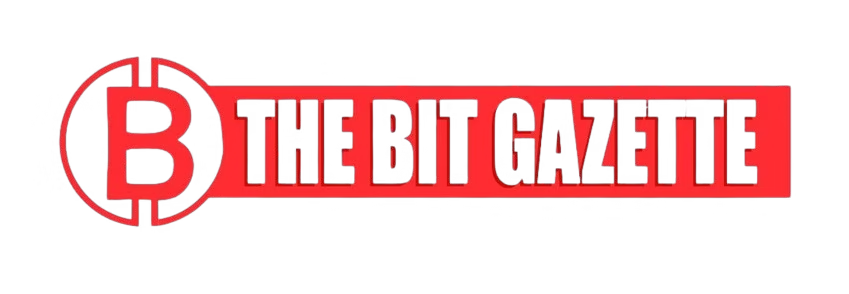Circle, the issuer of the USDC stablecoin, has officially launched the Arc blockchain testnet, a public pilot of its open layer-1 network designed to integrate global financial systems onchain. The rollout, announced Tuesday, marks a pivotal moment in Circle’s ambition to become the backbone of digital financial infrastructure.
Dubbed the “Economic Operating System for the Internet,” the Arc blockchain testnet already includes participation from more than 100 major institutions, including BlackRock, Goldman Sachs, Visa, Mastercard, and State Street, according to Circle’s statement. The initiative aims to bring traditional financial markets and fintech innovation onto a single, interoperable blockchain framework.
“With the Arc blockchain testnet, we’re seeing remarkable early momentum as leading companies, protocols, and projects begin to build and test,” said Jeremy Allaire, CEO of Circle. “Combined, these companies reach billions of users, move, exchange, and custody hundreds of trillions in assets and payments.”
The Arc blockchain testnet promises low-cost, dollar-based transaction fees, sub-second finality, and optional privacy features. Integrated natively with Circle’s USDC and payments stack, it supports a wide range of financial activities from lending and capital markets to global payments and foreign exchange (FX).
Circle’s announcement signals a clear intention to position Arc as the bridge between traditional financial systems and the decentralized economy.
Major banks and fintech giants join Arc blockchain testnet
The Arc blockchain testnet has attracted notable institutional engagement from Apollo, BNY Mellon, Intercontinental Exchange (ICE), and Deutsche Bank, alongside payment processors such as FIS, Paysafe, and Nuvei.
Circle described Arc as an “enterprise-grade financial network” connecting markets across continents from Africa and the Americas to Asia. The network aims to streamline how institutions interact across fiat, stablecoin, and tokenized assets through shared infrastructure.
The Arc blockchain testnet also supports fiat-pegged tokens and tokenized funds issued from seven countries, including JPYC (Japan), BRLA (Brazil), MXNB (Mexico), and PHPC (Philippines) creating a foundation for localized liquidity across borders.
These partnerships underscore Circle’s effort to turn Arc into a global settlement layer that integrates seamlessly with existing banking rails while maintaining blockchain transparency and programmability.
Technical architecture and ecosystem integrations
Beyond financial institutions, the Arc blockchain testnet is partnering with prominent blockchain developers and infrastructure providers, including MetaMask, Fireblocks, Chainlink, Alchemy, and LayerZero.
Interoperability is another cornerstone of Arc’s design. The network connects to major cross-chain bridges such as Wormhole and Stargate, enabling asset transfers and liquidity movement across multiple blockchain ecosystems.
AI functionality is also part of Arc’s roadmap. Circle confirmed that Anthropic’s Claude Agent SDK will be integrated into the developer environment, enabling AI-assisted development, automation, and risk management.
Circle emphasized that Arc’s architecture is built for predictable US dollar-based fees and institutional-grade throughput, ensuring compatibility with both fintech startups and large-scale banks seeking to transition to blockchain-native operations.
Long-term vision and transition to community governance
Circle’s CEO, Jeremy Allaire, said the company envisions Arc evolving into a community-governed network. Over time, validator participation will expand, and governance mechanisms will be made transparent to ensure that the ecosystem grows beyond Circle’s direct control.
“Allaire described Arc as ‘purpose-built to connect every local market to the global economy,’ giving every type of company from banks to startups which is a way to build on reliable, enterprise-grade infrastructure.”
The Arc blockchain testnet builds upon Circle’s August announcement that the network will use USDC as its native gas token. The company has also begun developing private stablecoins on Arc to meet the needs of regulated institutions seeking programmable, privacy-enabled digital cash.
USDC documentation indicates that the token will serve as the backbone of Arc’s transaction model, providing predictable and transparent pricing for onchain financial services.
Circle’s approach reflects its broader mission to bridge traditional finance and decentralized finance (DeFi) as a sector now worth over $100 billion globally.
Arc blockchain testnet could reshape global finance
With its broad institutional participation, compliance-focused framework, and real-time payments capability, the Arc blockchain testnet could serve as a new benchmark for financial-grade blockchain infrastructure.
Analysts say the testnet’s success will depend on how well Circle balances openness with regulatory compliance and scalability. Still, the move demonstrates how established financial players are increasingly embracing blockchain as the next evolution of financial plumbing.
“The Arc blockchain testnet is a signal that mainstream finance is not just testing blockchain as it’s beginning to rely on it,” said Shaulov of Fireblocks.
If successful, Arc could redefine how cross-border value moves establishing a global financial network that operates transparently, efficiently, and inclusively, bridging fiat and digital economies in real time.











